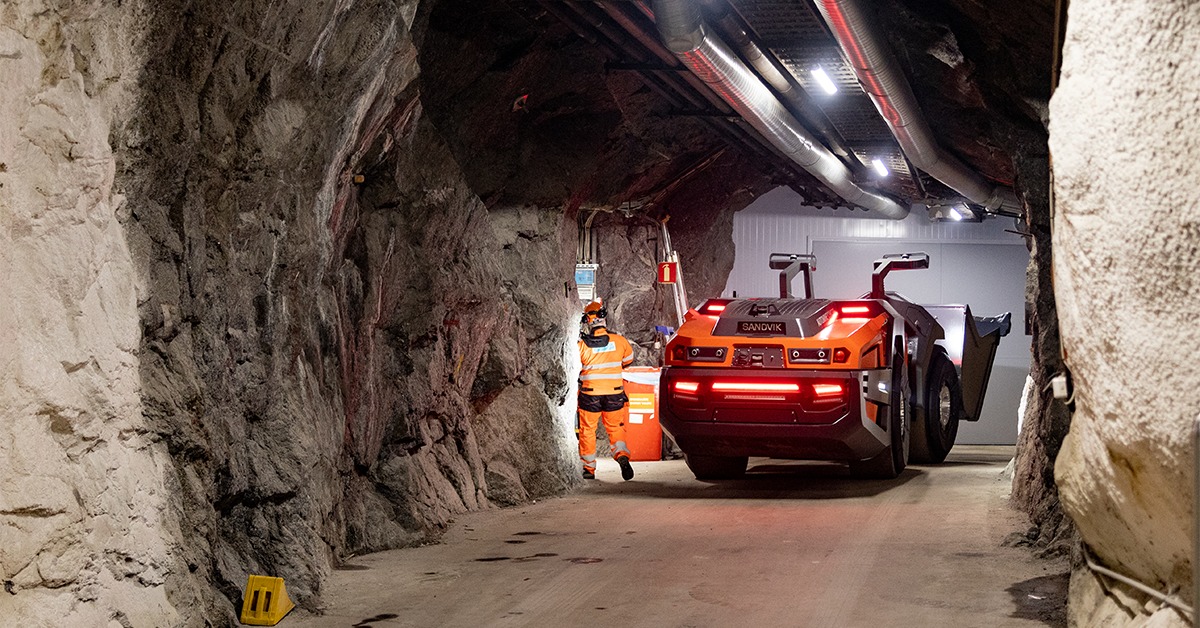
The future of work may have arrived faster than we were expecting. While the economy at large has changed irrevocably even in the past 20 years, with movements in the markets being dictated by technology firms rather than their peers in manufacturing, the working environment has remained largely the same for the past 50 years. That is, until the beginning of 2020, when Covid 19 arrived and made everyone rethink this arrangement.
The advent of millions of professionals all over the world has underlined to companies just how effective the tools at their disposal really are. One senior executive at international accounting firm BDO captured this reality when telling the Financial Times: “In six weeks we’ve taken almost the entirety of the back offices of corporate America and moved them to kitchens and living rooms and it’s been pretty seamless.”

For one thing, this has made some companies question the need for a centralized physical workplace at all. S4 Capital, a London-based financial firm, recently noted that it spends £35 million a year renting office space when Covid 19 has shown that this money could be better spent on people development. Likewise, Twitter - itself with 35 offices around the world - has told its employees that it can continue to work from home after Covid 19 has passed.
With a quiet workspace and an internet-enabled laptop computer connected to the company’s network, the physical presence of people at a company’s office is no longer a prerequisite for getting the work done. Meetings can be conducted by pre-existing technology such as Zoom, Whatsapp and Google Hangouts. Document sharing can be conducted through virtual data rooms such as DealRooms. Workflows are easily handled with Trello and others.

None of this is to dismiss the power of an office setting entirely. The benefits of bringing colleagues together in one place such as idea sharing, bond-making and developing networks outside immediate work circles outweigh such a scenario. But by allowing people to work from home on a more regular basis - say, 2 to 3 days a week - would create efficiencies elsewhere that the companies themselves would gain from.
Outside of the costs associated with running offices, less traffic on the roads would mean lower commute times, allowing companies to appeal to workers spread across a larger catchment area. More time at home would also mean them giving better options to their workers in areas such as childcare (still a major hurdle for women, even at the best companies) and study programs, where study is easier when a large chunk of the day isn’t spent commuting.
Covid 19 has wrought a dreadful human and economic cost. If there has been one bright spot amidst the gloom, it’s that it may have made us look at some things differently - how we carry out our work, being a prime example. It has even brought what we always considered to be the ‘future of work’ to the current day. Many years from now, we may look back and see Covid 19 as a pivotal moment in the history of how people work











